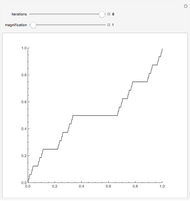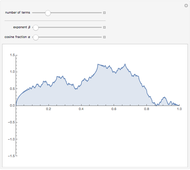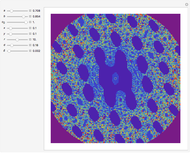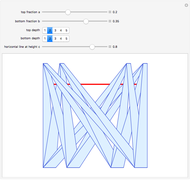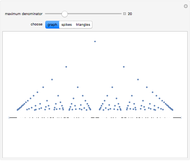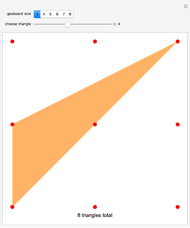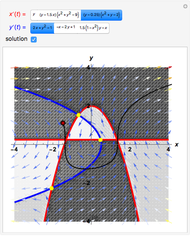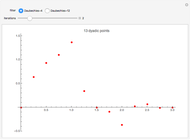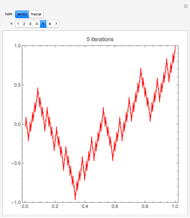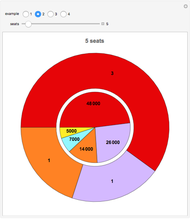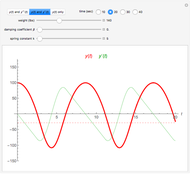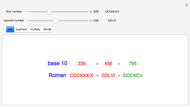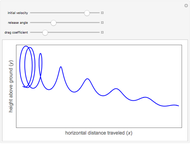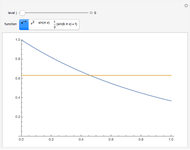Kiesswetter's Function

Requires a Wolfram Notebook System
Interact on desktop, mobile and cloud with the free Wolfram Player or other Wolfram Language products.
In 1966 Karl Kießwetter [1] introduced a simple example of a continuous nowhere differentiable function. He claims that the example can be understood by talented high school seniors.
[more]
Contributed by: Helmut Knaust (June 2014)
Open content licensed under CC BY-NC-SA
Snapshots
Details
The first example of a continuous nowhere differentiable function was found by Karl Weierstraß in 1872.
More examples were found by Bernard Bolzano, Charles Cellérier, Bartel L. van der Waerden, Teiji Tagaki, Theophil H. Hildebrandt, and others.
References
[1] K. Kiesswetter, "Ein einfaches Beispiel für eine Funktion, welche überall stetig und nicht differenzierbar ist," Mathematisch-Physikalische Semesterberichte, 13, 1966 pp. 216–221.
[2] G. A. Edgar, Measure, Topology, and Fractal Geometry, New York: Springer-Verlag, 1990.
Permanent Citation
"Kiesswetter's Function"
http://demonstrations.wolfram.com/KiesswettersFunction/
Wolfram Demonstrations Project
Published: June 4 2014






